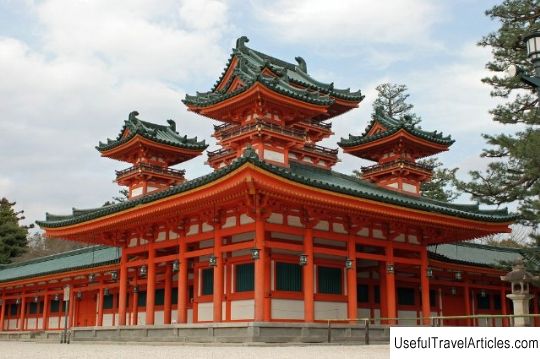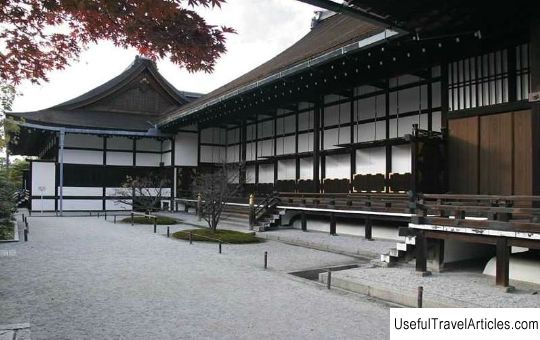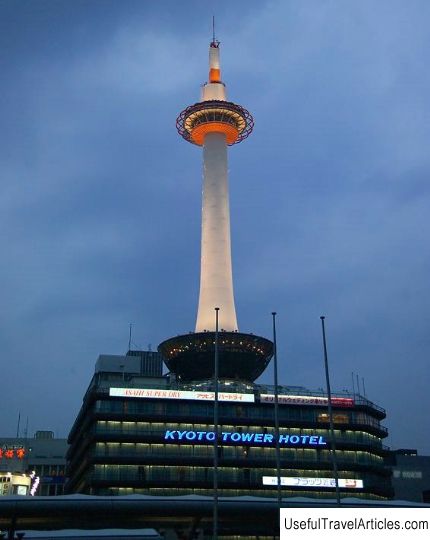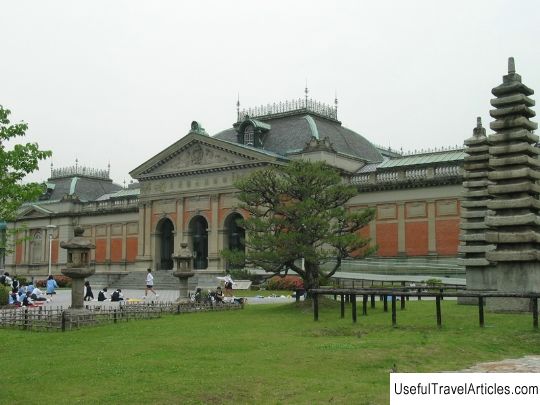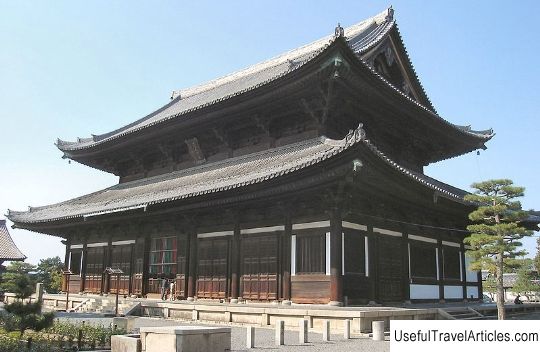Temple complex To-ji (To-ji) description and photo - Japan: Kyoto
Rating: 7,7/10 (365 votes) 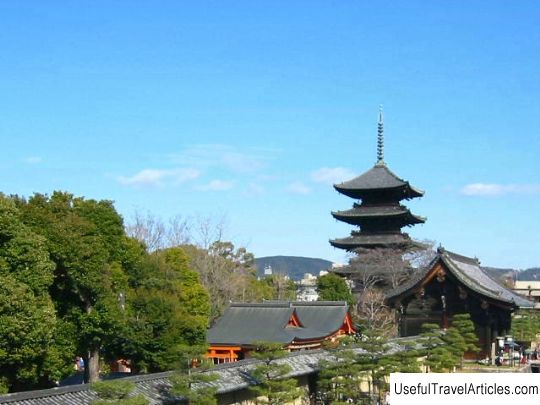
Temple complex To-ji (To-ji) description and photos - Japan: Kyoto. Detailed information about the attraction. Description, photographs and a map showing the nearest significant objects. The title in English is To-ji. Photo and DescriptionThe five-tiered pagoda, one of the main attractions of the To-ji Buddhist temple complex, founded in 796, is currently the tallest wooden building in Kyoto. Its height is 57 meters, it is one of the tallest pagodas in Japan. The pagoda is the symbol of the former Japanese capital. It is open to visitors only for a few days a year. To-ji Temple was built in the southern part of the city two years after the capital of Japan was moved from Nara to Heian (formerly Kyoto). On three sides Heian was surrounded by the Higashiyama, Kitayama and Arashiyama mountain ranges. In the south, the city was not protected by a mountain range, so a huge Radzomon gate was erected here, and behind them, on the left and right, two temples were erected - the Eastern (To-ji) and the Western (Sai-ji). Later Kukai, a well-known Buddhist monk and preacher, gave the To-ji temple the name “Temple guarding the capital” and founded the Shingon Buddhist school there. Many buildings of the temple appeared precisely during the time of Kukai. After his death, many pilgrims began to come to the temple. To date, the temple complex has retained its original boundaries and its historical style, even having gone through several reconstructions. To-ji is famous for its treasury, which contains many works of art related to Buddhism. Most of the rarities come from China. To-ji is included in the UNESCO World Heritage List, and some of its buildings have the status of national treasure. The main hall (Condo) has the status of a national treasure and is the largest room in the complex. It contains the values of the Momoyama period and other eras - for example, the statue of Buddha Yakushi Nyorai, who is considered the patron saint of medicine, and his two assistants. The Kodo (or lecture hall) houses 21 statues of Buddhas and Bodhisattvas, some of which were brought from neighboring China by Kukai himself. These statues were carved from wood 1200 years ago. The hall has been awarded the status of an important cultural property. The mieido (founder's hall) where Kukai lived is also Japan's national treasure. Many buildings of the temple complex at different times were exposed to fires and earthquakes, and the five-tiered pagoda was burned down four times due to lightning. These buildings were restored and restored. The pagoda that can be seen now was built in 1644 by order of the shogun Tokugawa Iemitsu.         We also recommend reading Radstadt description and photos - Austria: Salzburg (land) Topic: Temple complex To-ji (To-ji) description and photo - Japan: Kyoto. |
